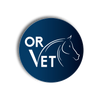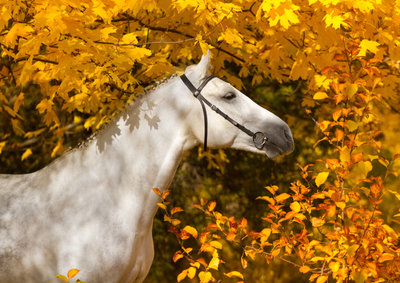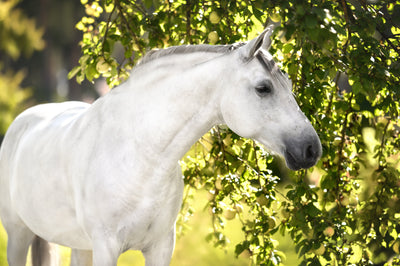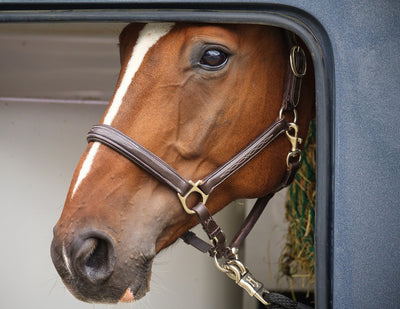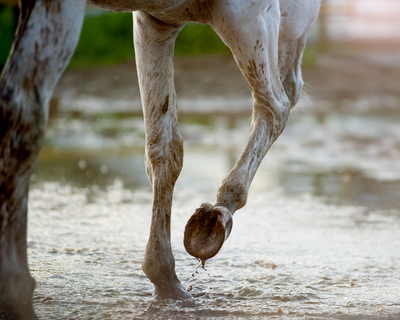In our last article, we talked to you about the importance that must be given to warming up the horse.
For your physical well-being, recovery time is also essential.
First of all, why is recovery PHYSIOLOGICALLY necessary…
To produce effort, the body - the muscles in particular - need fuel.
In the athlete, man or horse, it is the body itself which produces the fuel, unlike the operation of the car. Fuel is the sugars, fats or proteins that the body finds in food in particular. Once this fuel has been burned by the body, certain steps must be followed to allow it to regenerate.
Obviously, not all sessions require the same recovery time and intensity. After light work, 15 minutes of walking will help the horse to cool down while keeping the skeleton and muscles in action in a gradual manner.
Climatic conditions also vary the horses' need for recovery. During periods of high heat, adapt your work and reduce efforts that consume too much energy.
After intense efforts (obstacle sessions, cross country, racing, etc.) the so-called “active” recovery phase must respect certain stages:
- A trotting session at the speed chosen by the horse, long reins for 5 to 10 minutes
- A walking session of approximately 15 minutes to allow the horse's body to cool down.
Active recovery occurs immediately after intense effort, without transition. It will allow the elimination of toxins such as lactic acid.
During this recovery phase, we will notice a return to normal in heart rate and breathing, and we may also notice a disappearance of traces of perspiration that are still damp following exercise. These are signs that cardiac activity is returning to normal, and blood circulation is reactivating properly.
For active recovery to be effective, the horse must be physiologically accustomed to eliminating toxins in this way and must do so at least 3 times per week.
If you only practice active recovery after the competition, for example, you are asking your horse to make a new effort after the effort, which is totally counterproductive.
The active trotting recovery phase occurs after the more intense sessions, but after any effort the step time of 15 minutes must be respected for the same reasons as those mentioned above.
These steps help to avoid the risk of muscle pain, aches and other myositis for example.
Active recovery should be followed by a passive recovery phase.
Passive recovery includes all practices such as showering with cold water while massaging the limb from bottom to top with the jet (important to help the blood recirculate correctly, and therefore avoid the risk of engorgement, among other things) , the installation of rest bands ( or vet care) (to be carried out with care, only when you have been trained to do so, because a poorly applied bandage can cause significant damage to the tendons), the installation of clay ( OR CLAY link) on the tendons and joints, which will promote their recovery through its astringent properties by helping the tendon and muscle tissues to tighten, gentle massages using specific gel or oils (OR COMFORT link) on the joints, tendons and muscles.
Finally, it will be recommended to supplement the horse in the event of intense effort, for example by administering a rehydrating product such as electrolytes (OR ELECTROLYTES) containing the different sodium potassium magnesium salts, but also a muscle fiber protector (Or MUSCLE) containing vitamin E selenium and bicarbonate 24 to 48 hours before exercise.
It will be recommended to continue their use during exercise, in particular to limit salt loss linked to sweating, and up to 48 hours after exercise.
Post-exercise it will also be recommended to have a drainage and elimination action of toxins ( OR DRAINING) both at the hepatic, muscular and renal level for a minimum of 3 days.
Make sure your horse has unlimited access to water in all circumstances.

